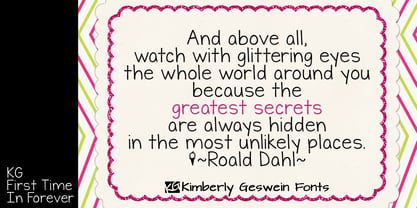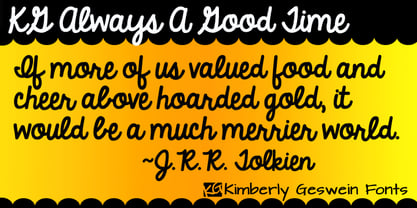10,000 search results
(0.036 seconds)
- OL Garamond by Dennis Ortiz-Lopez,
$30.00 - LD Wanted by Illustration Ink,
$3.00 - LD Gypsy by Illustration Ink,
$3.00 - LD Shmutz by Illustration Ink,
$3.00 - LD Goober by Illustration Ink,
$3.00 - LD Softy by Illustration Ink,
$3.00 - LD Wedding by Illustration Ink,
$3.00 - LD Edward by Illustration Ink,
$3.00 - OL Radiant by Dennis Ortiz-Lopez,
$30.00 - OL Egyptian by Dennis Ortiz-Lopez,
$30.00 - KG The Last Time Bubble - Personal use only
- KG Always A Good Time - Personal use only
- Lucid Type B Outline (BRK) - Unknown license
- Lucid Type A Outline (BRK) - Unknown license
- KR A Time For Peace - Unknown license
- Lucid Type A Outline BRK - Unknown license
- Lucid Type B Outline BRK - Unknown license
- D3 DigiBitMapism type C wide - Unknown license
- D3 DigiBitMapism type A wide - Unknown license
- D3 DigiBitMapism type B wide - Unknown license
- For The One Hundreth Time - Unknown license
- KG First Time In Forever by Kimberly Geswein,
$5.00 - KG Always A Good Time by Kimberly Geswein,
$5.00 - Times New Roman PS Cyrillic by Monotype,
$67.99 - DB Once Upon A Time by Illustration Ink,
$3.00 - Times New Roman Small Text by Monotype,
$67.99 - Times New Roman Windows compatible by Monotype,
- Times New Roman PS Greek by Monotype,
$67.99 - Wolf's Bane Bold Shadow - Unknown license
- Earth's Mightiest Bold Expanded - Unknown license
- Prescript Cn Bold Italic - Unknown license
- Wolf's Bane Bold Pro - Unknown license
- Spylord Bold Expanded Italic - Unknown license
- Year 3000 Bold Italic - Unknown license
- D3 Euronism Bold italic - Unknown license
- WC ADDENDUM Bta Bold - Unknown license
- AuX DotBitC Xtra Bold - Unknown license
- Futurex Metal-gear Bold - Unknown license
- D3 LiteBitMapism Bold-Selif - Unknown license
- Wolf's Bane Bold Outline - Unknown license
























